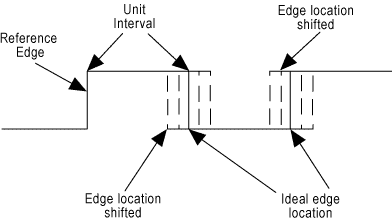Power Section
Power Section

The power design on the Essence ST is an interesting design for an internal card. The power is taken directly from the PSU without running through tracings on the motherboard. Above you can see the cleanup circuitry using high grade OS-Con capacitors. As far as internal soundcards go, this is a great design and helps ensure the power will stay as clean as possible.
Jitter Reduction
This is one of the main variations between the Essence STX and the Essence ST. The ST has precision timing made possible by the CS2000 chip. For those interested we will explain a little about jitter and timing.
The CS2000 is used on the ST to clean-up the clocking signal from the main XO.
The actual clock is the same on both the STX and ST, however the ST has this extra IC to "fine tune" the signal by reducing jitter in the clock signal. To put it simply, Jitter is a term used to describe discrete timing errors on the rising and falling edge of the clocking signal.
Since the clocking signal is basically the "Heart Beat" of any digital circuit, these errors in the timing can influence the digital to analog conversion or analog to digital conversion and other circuits. Here is a diagram to illustrate what jitter is, in terms of how it affects the timing signal.

The shifting shown above is jitter and with the sloppy signal "clocking" the DAC and converting the signals at improper times, this can cause distortion in the output signal. There are many different kinds of jitter affecting various signals involved in digital electronics, with regards to the Essence ST we are talking about periodic jitter. Perhaps we will see more cards with improvements in circuitry timing.
